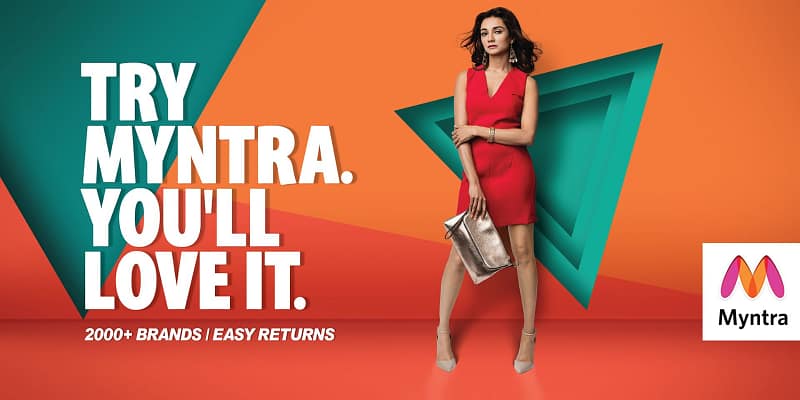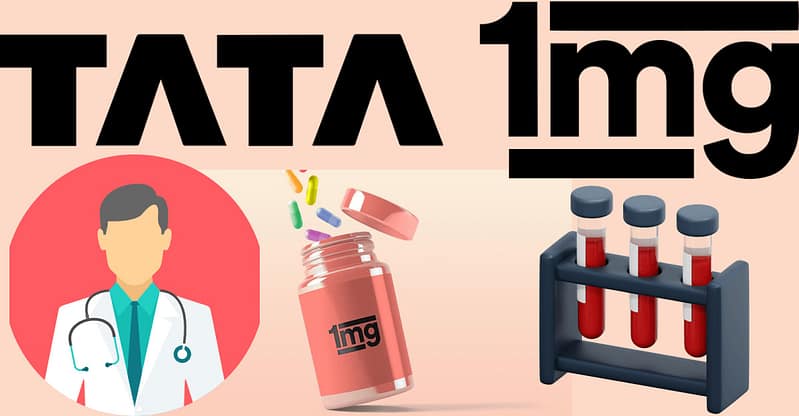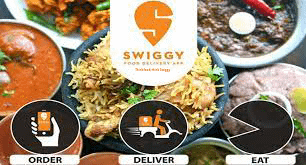A large number of people gathered at Dashashwamedh Ghat in Uttar Pradesh’s Varanasi, to pay tribute to veteran industrialist Ratan Tata during Ganga Aarti at the ghat on Thursday evening.
As devotees lit diyas and offered prayers, they commemorated Tata’s extraordinary life, legacy, and contributions to Indian industry and philanthropy.
The atmosphere was filled with a sense of reverence and gratitude as people remembered him not only for his visionary leadership but also for his commitment to social causes. His final rites were held on Thursday evening with full state honors at the Worli Crematorium in Mumbai.
In a notable gesture, his stepmother Simone Tata and close aide Shantanu Naidu attended the ceremony.
Tata’s adopted stray dog, Goa, was also brought to pay respects.
Ratan Tata’s demise has prompted an outpouring of tributes and condolences from global leaders, celebrating his visionary leadership, philanthropic efforts, and enduring impact on international relations.
Ratan Naval Tata, one of India’s most revered industrialists and philanthropists, died on Wednesday, October 9, 2024, at 86. He had been undergoing treatment for a prolonged illness at Mumbai’s Breach Candy Hospital for the last few days.
As the man who led the Tata Group from 1991 to 2012 and thereafter as a Chairman Emeritus, Ratan Tata’s legacy is not just one of towering business achievements. Still, one deeply rooted in the ethos of putting “India and Indians first.”
Born on December 28, 1937, in Mumbai, . Ratan Tata was born into the Parsi Zoroastrian family. His father, Naval Tata, was adopted by Sir Ratanji Tata, while his mother, Sooni Tata, was the niece of Tata Group founder, Jamsetji Tata. Naval and Sooni divorced when Ratan was just ten years old. Naval later married Simone Tata. Ratan Tata had two siblings. Jimmy Tata, his younger brother, has largely stayed out of the public eye. Noel Tata, Ratan’s half-brother, was born to Naval and Simone Tata. his grandmother, Navajbai Tata, played a pivotal role in his upbringing. Educated at prestigious institutions like Cornell University and Harvard Business School, Ratan Tata was destined for greatness. His entry into the Tata Group in 1961 was humble, beginning on the shop floor of Tata Steel, where he worked alongside blue-collar workers. This hands-on experience gave him a unique understanding of the people who powered India’s industrial growth.
The illustrious Tata lineage, originating from Navsari in Gujarat and flourishing in Mumbai, finds its nucleus in Tata Sons, the overarching entity steering numerous Tata Group enterprises. Delving into the trajectory from Jamsetji to Ratan Tata unveils the enduring legacy and strategic acumen of this revered family.
The Taj Mahal Palace Hotel was built by Ratan Tata’s great-grandfather Jamsetji Tata. The iconic building was among the five places targeted by the 10 Pakistani terrorists who attacked India’s commercial capital on November 26, 2008. In the bloodshed and mayhem that lasted four days, 166 people were killed and over 300 were injured.
The other places targeted by the extremists were the Oberoi-Trident Hotel, another luxury hotel like the Taj, Chabad House at Nariman Point, Leopold Cafe, and Chhatrapati Shivaji Terminus railway station.
The Taj Mahal Palace hotel suffered losses worth over Rs 400 crore as the gunmen claimed several lives on its luxurious floors. However, living up to the legacy of the establishment that witnessed the growth of the “Maximum City”, the employees of the hotel did everything they possibly could to save their guests from certain tragedies. Many of them refused to flee before ensuring their customers were far from danger. They asked the guests to hide under tables, and when the situation improved, they evacuated them in an orderly manner before turning to help the firefighters “If it (the hotel) goes down, I will be the last man out.” a Taj employee famously told his father over the phone despite having lost his wife and child.
Ratan Tata, as expected, did his part in the days that followed. He visited his injured employees at hospitals and wholeheartedly embraced those who lost kith and kin to the violence.
Within two weeks of the attack, the Taj Public Service Welfare Trust was formed, Sums ranging between Rs 36 lakhs to Rs 85 lakhs were handed over to the family of each Taj employee killed in the attack. These families were entitled to receive full salary until the date on which the late person was supposed to retire from service. Ratan Tata also ensured the children of his late employees received a good education.
The philanthropist was nevertheless scarred by the terror attack. But he was proud of the way Mumbai recovered from its horrific memories.
The following year, in 2021, he wrote, “The hurt we endured 13 years ago today, can never be undone. We should however continue to let the memory of the attacks, which were meant to break us, become the source of our strength as we honour those we lost.”
Ratan Tata left behind a legacy that will be challenging for future generations of the Tata Group to carry forward. Currently, the Tata Group comprises 29 listed companies, each with its own top management team. The question remains: who holds the power to keep these companies unified?
Notably, the Tata Group management structure makes it different from other industrial houses. So, the question arises what is the force that unites all Tata companies and keeps an eye on their operations?
No Single Power
The Tata conglomerate, is loaded with an impressive portfolio of nearly a hundred distinct brands, 29 of which are listed in the stock market for public trading. These companies are not the personal property of any single person but collectively held under the umbrella of a singular entity. It simply means that no single person can be pinpointed as the owner of the vast group. The ownership lies in the hands of a trust that has the names of the Tata family members as stakeholders.
The Tata Group
The Tata Group is spread in a wide range of sectors like – engineering, IT, materials, chemicals, consumer goods, energy, and services. All these sectors function under the management of Tata Sons. Tata Sons was established in 1917 as a trading entity. It has evolved to become the keeper of the Tata brand, protecting its trademark. It is worth noting that this entity has the final say in major decisions in the group. 66 percent of Tata Sons is owned by Tata Trusts. The two major trusts are the Sir Dorabji Tata Trust and the Sir Ratan Tata Trust, which together hold 50% of Tata Sons’ shares.
Who Holds What Share?
The Sir Dorabji Tata Trust possesses a 27.98% stake in the Tata Group.
The Sir Ratan Tata Trust holds a 23.56% share, making it the second-largest stakeholder.
The Shapoorji Pallonji Group owns 18.38% of the Tata Group.
Other trusts, including the JRD Tata Trust, Tata Education Trust, and Tata Social Welfare Trust, each hold shares ranging from 3.73% to 4.01%.
The RD Tata Trust has a 2.19% ownership, while various other Tata Group companies retain smaller shares.
Who Holds The Supreme Power In The Tata Group?
Decisions for the ensemble of Tata Group companies lie in the hands of Tata Sons, meaning the Chairman of Tata Sons plays a significant role in leading the entire group forward.
The principal figure isn’t randomly picked but rather selected by a team of seven directors known as the Board of Directors. Currently, that key person is N. Chandrasekaran, who was appointed as the Chairman of Tata Sons in 2017.
Transforming Tata Group
Ratan Tata took over as Chairman of Tata Sons in 1991, succeeding JRD Tata. At that time, the Tata Group was largely an Indian conglomerate with annual revenues of around $5 billion.
Under his visionary leadership, the Group expanded to over $100 billion in revenue by the time he retired in 2012. Today, the Tata Group operates in over 100 countries, with a strong presence in industries, ranging from steel and automobiles to IT services and consumer goods. Ratan Tata’s approach was bold, steering the Tata Group toward becoming a global powerhouse. His philosophy of putting India and its people first was evident in how he leveraged international acquisitions to bolster the country’s image on the global stage.
Tetley (2000): The acquisition of the British tea giant for $450 million was one of the first major overseas purchases by an Indian company. It marked Tata’s entry into the global beverage market.
Corus (2007): Tata Steel’s $13 billion acquisition of Corus made Tata one of the world’s largest steel producers.
Jaguar Land Rover (2008): Ratan Tata transformed Tata Motors into a global automotive player with the $2.3 billion acquisition of these iconic British car brands. This deal not only turned Tata Motors into a global competitor but also resurrected the luxury car brands. ‘India and Indians First’: The Tata Nano . Perhaps no other project better symbolized Ratan Tata’s commitment to India than the Tata Nano, launched in 2008.
His vision was to create the world’s cheapest car, priced at Rs 1 lakh, to provide affordable mobility for the Indian middle class. Though the car didn’t achieve commercial success, the sentiment behind the Nano was a testament to Tata’s people-centric leadership. It reflected his desire to improve the lives of millions of Indians through innovation. Ratan Tata’s leadership shone through during times of adversity.
Awards and recognition.
Ratan Tata’s contributions to business, philanthropy, and the nation earned him numerous accolades and awards, both domestically and internationally:
Padma Vibhushan (2008): India’s second-highest civilian honor, recognising his extraordinary contributions to trade and industry.
Honorary Knight Commander of the Order of the British Empire (KBE, 2009): Awarded by Queen Elizabeth II for his services to UK-India relations.
Business Leader of the Year (2006): Named by the Economic Times.
Oslo Business for Peace Award (2010): Recognising his ethical leadership in business.
Lifetime Achievement Award (2014): Conferred by the Rockefeller Foundation for his philanthropic endeavors.
Carnegie Medal of Philanthropy (2007): Acknowledging his significant contributions to social causes.
CNN-IBN Indian of the Year in Business (2006): For his outstanding leadership.
Beyond his achievements in business, Ratan Tata was a multifaceted leader. In 2007, he became the first Indian to fly an F-16 Falcon-a symbolic moment highlighting his adventurous spirit and his love for aviation.
He was also deeply involved in the Tata Group’s philanthropic arm, the Tata Trusts, which contributes to sectors like education, healthcare, and rural development. Throughout his career, Ratan Tata ensured that the Group’s wealth served the nation, with 60-65% of Tata Sons’ dividends directed to charitable causes.
Ratan Tata’s legacy extends far beyond the companies he built. Under his leadership, the Tata Group became synonymous with trust, integrity, and social responsibility. His emphasis on ethical leadership continues to inspire the business community both in India and globally.
As India mourns the loss of a legend, Ratan Tata’s contributions to business, society, and the country will be remembered for generations to come. His life’s work was not just about creating wealth but about creating value for India and its people.




















